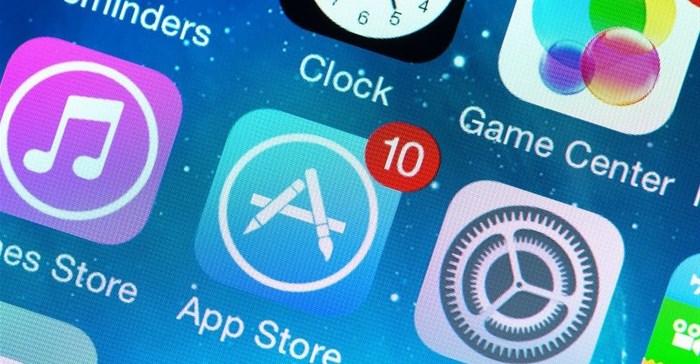
Subscribe & Follow
Jobs
- Senior Microsoft Full Stack Developer Johannesburg
- Senior Full Stack Developer - C#/Angular Bedfordview
- Senior Full Stack .Net Developer Johannesburg
- Senior Full Stack C# Developer Cape Town
- Senior Full Stack C# Developer Midrand
- Senior Java Developer Cape Town
- Junior Data Scientist Johannesburg
- Data Science Programme Lead Johannesburg
- Senior C# Full Stack Software Engineer with Angular Bedfordview
- Intermediate C# Full Stack Software Engineer Bedfordview
It's hard out there for an app

The Google Play Store contains more than 1.6 million apps, which have been downloaded 48 billion times. However, two out of three apps are downloaded under 1,000 times in their first year. The iOS app store has more than 1.5 million apps, with more than 50 billion total downloads. With the majority of people listlessly searching for apps to solve problems and make their lives easier, it's essential to make your app easy to discover.
App optimisation basics
App store optimisation (ASO) is a great way to gain low-cost app exposure. Trademob lists some core components of ASO, including keyword selection and app localisation. For both iOS and Google Play, the app's title is the single most important metadata factor for ranking in ASO; your title should include both a description of the app (including keywords), as well as some branding, without being spammy.
Break down descriptions into two sections: above and below the fold; above the fold language should be a one to two sentence describing the app and its primary use, and below should have a clear, engaging feature set and social proof. For iOS and Google Play's keywords, focus on relevancy, search volume and difficulty. Kissmetrics finds that including keywords in your title translates to a 10.3 per cent higher ranking than a title without. Tools like Sensor Tower, AppCodes and Appnique can help you along the keyword research journey.
App Store vs Google Play optimisation
Apple (iOS) and Google Play have differences in their search algorithms, so it's key to look at ASO for each. The App Store offers a 100 character field in which you can provide search keywords.
Unlike Apple, Google has built its infrastructure and technology for its app store to leverage data from its web index. What this means is that Google has access to PageRank integrated with Google Play, and it also means that it does not need to use keywords as Apple does. Google also hopes to make search a way for users to discover (and re-discover) your app. Google's mobile-friendly algorithm update allows mobile searches to returns results from relevant app content whether the app is installed or not.
Visuals
Visually, an app's icon often is the first element with which a customer interacts; so ensure that your icon conveys your brand, as well as the utility of your app. Screenshots should not be screenshots in the literal sense, but rather promotional graphics. Include text or other graphics that tell your app's story in a visual way.
External factors
Ensure that your app has great ratings and reviews. Ratings are tied directly to performance in the app store search, and great reviews will help your conversion rate from page views to downloads. Pay attention to the content of your app review request so that it isn't just a pop-up. Make the user feel like he or she is contributing, and leverage that opportunity to build a connection with your company.
Review requests that move through multiple steps might sound clunky, but it may be more useful, as a case study of Circa News' app found, in avoiding negative reviews than in generating positive ones. Also, provide a support button next to your leave a review button. People are less likely to leave negative reviews if you're able to solve their problems.
Click here for a handy guide to app store optimisation.















